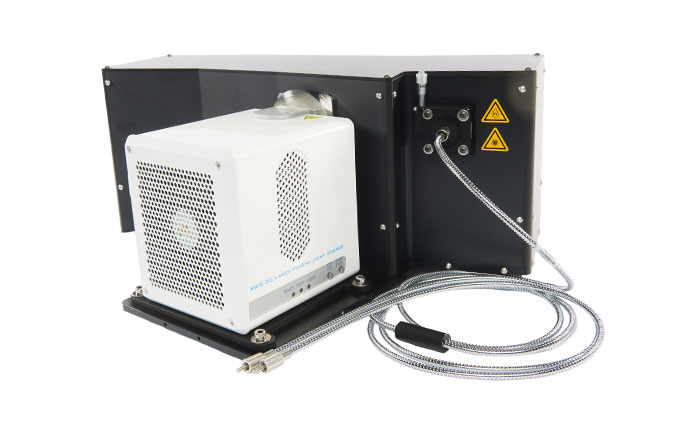Monochromator for the XWS-30 laser-pumped light source from ISTEQ
Monochromator with plasma entrance slit

190 – 2200 nm

1 – 20 nm

Up to 800 µW at a half-power width of 6nm

More information available on
lightsource.tech

The Hyperchromator and the XWS-30: a high-performance team for generating monochromatic light
The Hyperchromator was especially developed for ISTEQ’s laser-pumped XWS-30 to optimally use the extremely high luminance and the large wavelength range of this powerful light source also for spectral isolation.
- Tunable monochromator for the XWS-30 from ISTEQ
- For the isolation of narrow bandwidth
- Total wavelength range from 190 to 2200 nm
- Especially suitable for DUV and UV
- Automatic dual grating changer
- Control via USB interface
We are looking forward to your inquiry
Contact us now
We look forward to your enquiry
The Hyperchromator is a product from our lighstource.tech brand that specializes in light sources.
Telephone: +49 (0)551 270765-1
E-Mail: sales@technologie-manufaktur.de
